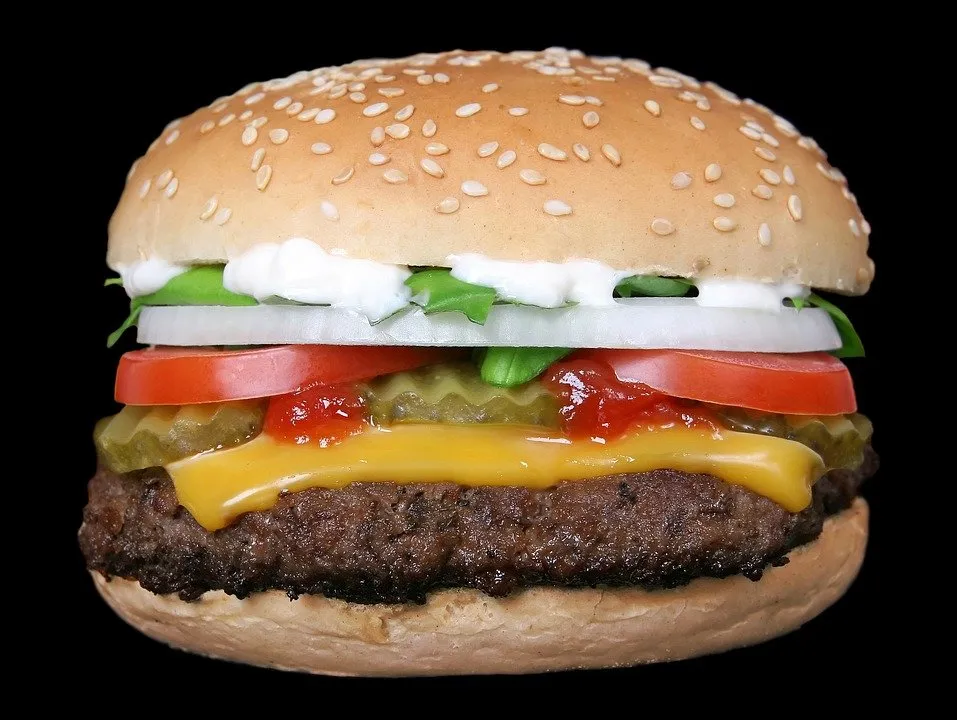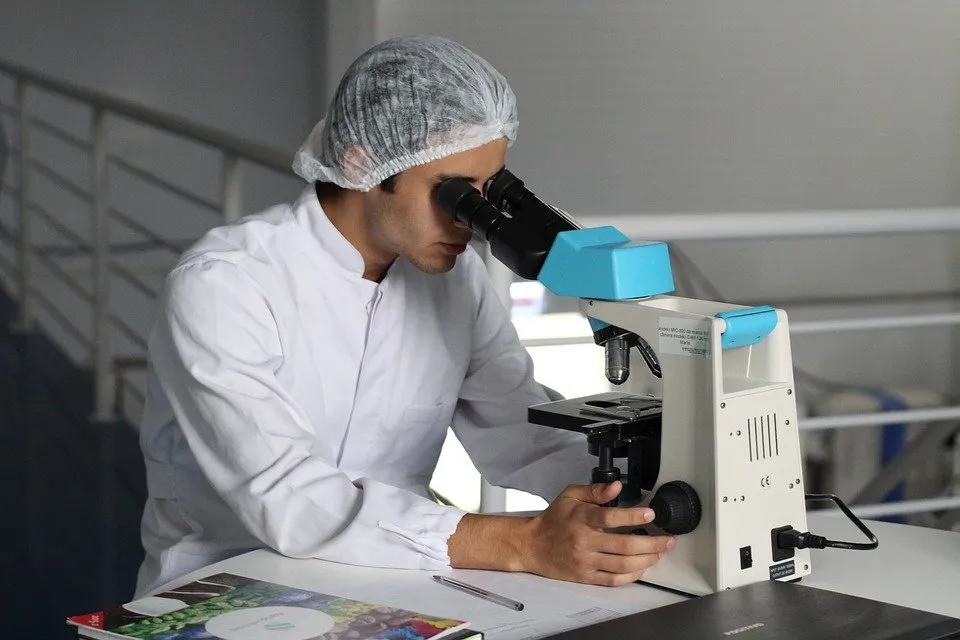
Silicon Valley is actively supporting the startup, which goal is to reduce the consumption of real meat, Business Insider reports.
Impossible Foods has launched the sale of hamburgers of vegetable origin, the meat of which tastes and smells identically to a real one! Moreover, the meat bleeds as if a true steak were cooked.
On August 1, the company said they received an investment of $ 75 million from Singapore Temasek Venture Fund, Bill Gates, Khosla Ventures and others. Together with previous financial injections, the project budget is already $ 250 million. It is worth to note that the company started its activities in 2011.
In March 2016, people could try a vegetable burger in three US restaurants (in Oakland, San Francisco and Palo Alto in California). And for today 43 restaurants are open all over the world!
The factory in Oakland to increase production 250 times to supply burgers to more than 1,000 restaurants, and also to present its retail products in the coming years.
The greatest desire of Pat Brown, the founder and owner of Impossible Burger, is that every "piece" of meat eaten in the world would be of plant origin, reports NBC News.
Although along with this, the head of the company agrees that for billions of people around the world meat is not only an important food resource, but it is also an integral part of their pleasure in life, and it would be foolish to believe that humanity will completely give up meat. Therefore, instead of asking to do this, Brown offers a way to diversify the food palette with a vegetarian dish, not inferior to the taste of food they are accustomed to eat.
"From this yeast, a protein is produced, which is usually found in the roots of soy," explains Brown, pointing to the substance in test tubes located in the Impossible Foods laboratory of Silicon Valley. "Some of them are more red, others less".
After several years of development, Brown and his team found out that the smell and taste of beef is not created by one molecule. Usually the taste of beef meat is described as nutty and caramel with a certain "metallic" taste. A delicious burger combines all the ingredients that, when divided at the molecular level, produce a wide range of flavors - from pineapple to the smell of dirty socks.

The secret constituent of the new burger, which connects all the molecules together, is leghemoglobin.
This protein makes the blood red, giving an appropriate color to the meat, provides a traditional "metallic" taste and a wonderful flavor when interacting with sugar molecules and amino acids. At the moment it can not be bought in any store. First, the Brown team extracted protein from the root of the soybean, while using so many plants, which led to the understanding that it would not be possible to start the production with this method. It was decided to create leghemoglobin in the laboratory. The researchers extracted its genetic code from soybeans and injected it into yeast. The entire conversion process took about a week.
Leghemoglobin is just one of many burger ingredients. To achieve the structure of meat, scientists specially process and press wheat protein. Also there is potato, which gives "meat" some chewing effect.
Other ingredients of "artificial" meat: coconut oil, fat, salt, sugar, additives for processed foods and other spices.
The cost of a hamburger is about the same as the price of a hamburger made with organic beef.
Pat Brown reports that this is only the beginning. He plans to "replace" other types of meat, fish and dairy products using Impossible methods. In the scientific world, inventors have already figured out creation of chicken, pork, fish and yogurt exclusively from plants.
The advantages of producing the "Incredible Burger" is that it needs only 5% of the land required for growing a cow, it pollutes the atmosphere with greenhouse effect by only 12.5% and uses a quarter of water volume compared to other plants.
People who have tried this miracle of gastronomy, admire the fact that the hamburger is in no way inferior to the traditional dish.
The photos are under license CC0.